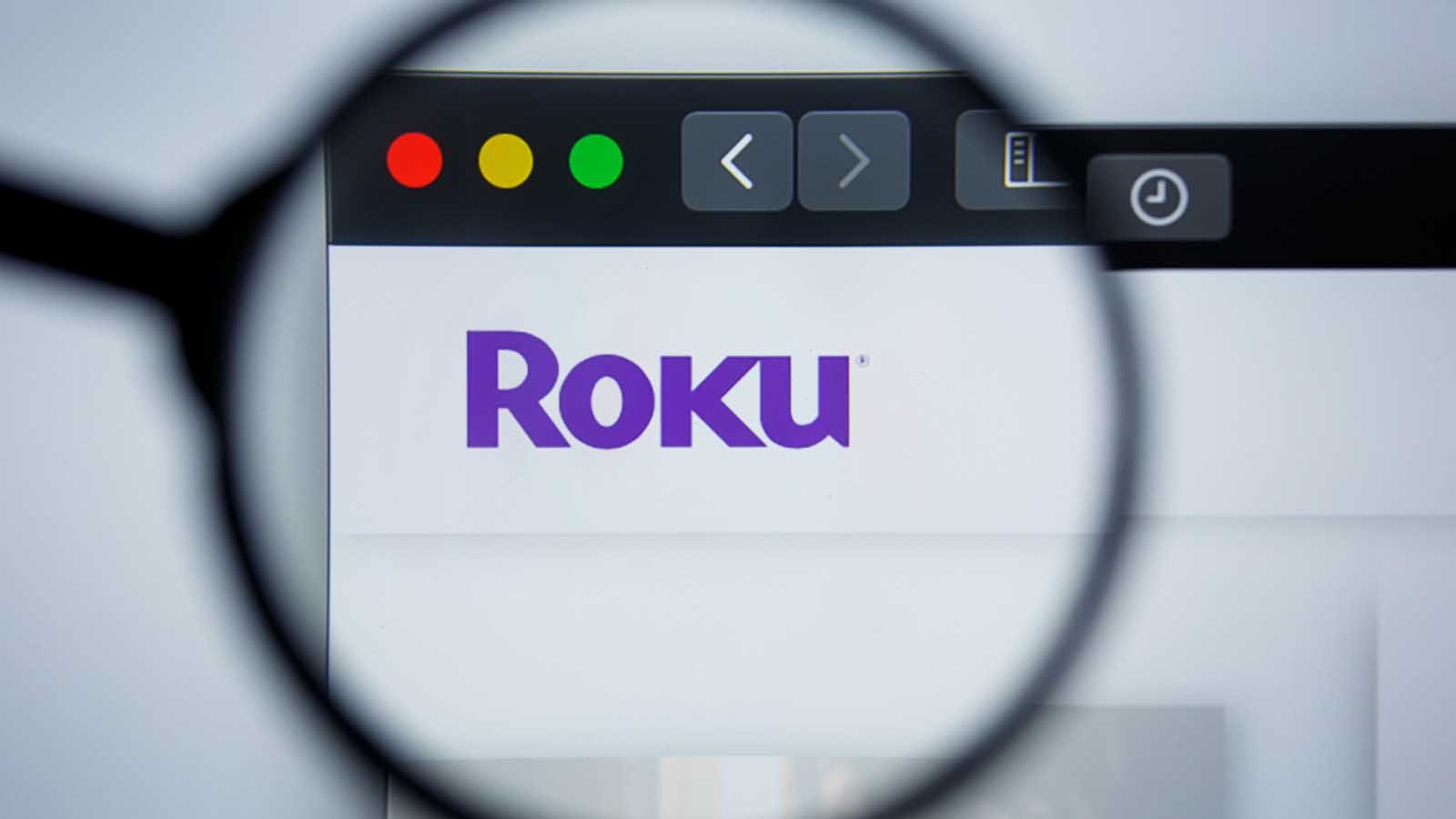Roku (NASDAQ:ROKU) stock is up about 243% this year. This is after falling 40% from its peak in September. What’s going on here? Will the stock continue to slide – or should it?

The hard reality is the ROKU is not only not profitable, but it is facing real competition. Roku makes money selling its devices that stream TV shows and movies. Roku also sells advertising and participates in subscription revenue from content providers, known as “platform revenue.”
In both cases, ROKU is now facing severe competition. In effect, it has no “moat” or inherent protection for its business strategy.
Roku Stock and Competition from Cable
CNBC recently reported that Pivotal Research put a $60 value on the ROKU stock price. That is more than 40% below today’s price. Streaming devices will become free, says Pivotal, citing Comcast’s (NASDAQ:CMCSA) free streaming device, Xfinity Flex. Other cable providers will copy Comcast. Pivotal Research’s analyst Jeffrey Wlodarczak said:
“We see dramatically more competition emerging that will likely drive the cost of OTT devices to zero and put material pressure on advertising revenue…”
“…The problem going forward, however, is that the while the large Internet players have realized the control of the mostly video pipe into the living room, now the players that actually control the dominant data pipe into the U.S. (Comcast, Charter, Altice) have as well.”
In effect, major cable providers along with large internet companies will crowd out ROKU’s platform revenues.
ROKU Profits Will Deteriorate
ROKU’s devices provide one-third of its revenue but just 3.9% of its gross profit. The problem, though, is if ROKU has to essentially give away its players, it would still have the gross costs. These costs represent 31% of ROKU’s revenue.
That would turn ROKU’s positive operating cash flow to losses. It made $14 million in operating cash flow for the six months to June. If ROKU players were free this would turn into an annual loss of $284 million.
Moreover, most of Roku’s revenue comes from advertising, and subscription revenue sharing with content providers. If every cable provider followed Comcast’s lead, it would lose those revenues or most of them.
Keep in mind that ROKU also has high operating costs. It has lost $19 million in net income for the six months to June. After adding back non-cash expenses, its EBITDA was $10 million in Q1 and $11 million in Q2. ROKU expects to make $30 to $40 million in adjusted EBITDA this year. Its margins on this revenue are only 4.4% to 4.8%.
Much of that would be at risk if cable providers block content providers from sharing with ROKU. Its advertising, subscription and transaction revenue partnerships would no longer be renewed.
In effect, ROKU has no moat to prevent this scenario from happening.
Will OTT and 5G Hurt Roku Stock?
So far the company is riding the wave of cord-cutters from cable TV services as subscribers turn to Over-the-Top (OTT) providers like ROKU. Roku has over 30 million active accounts. But that growth is decelerating.
Moreover, Google (NASDAQ:GOOG, NASDAQ:GOOGL), Facebook (NASDAQ:FB), and Amazon (NASDAQ:AMZN) all have streaming devices and content partnerships. In addition, when 5G takes off next year, wireless providers will take a larger share of eyeballs watching content. They will likely make direct deals with content providers rather than ROKU. At best this will lower ROKU’s already low margins.
Even though ROKU’s revenue is likely to grow, profitability on a net income or free cash flow basis will not occur any time soon.
Bottom Line on ROKU
ROKU stock trades at 208 times 2021 estimated net income and 52 times 2022 income. That’s an eternity from now for technology stocks. Competition pressures will lower its margins even further by then. There is no evidence that ROKU has a sustainable moat to protect itself. The ROKU stock price is still overvalued.
As of this writing, Mark Hake, CFA does not hold a position in any of the aforementioned securities. Mark Hake runs the Total Yield Value Guide which you can review here. The Guide focuses on high total yield value stocks. Subscribers a two-week free trial.
